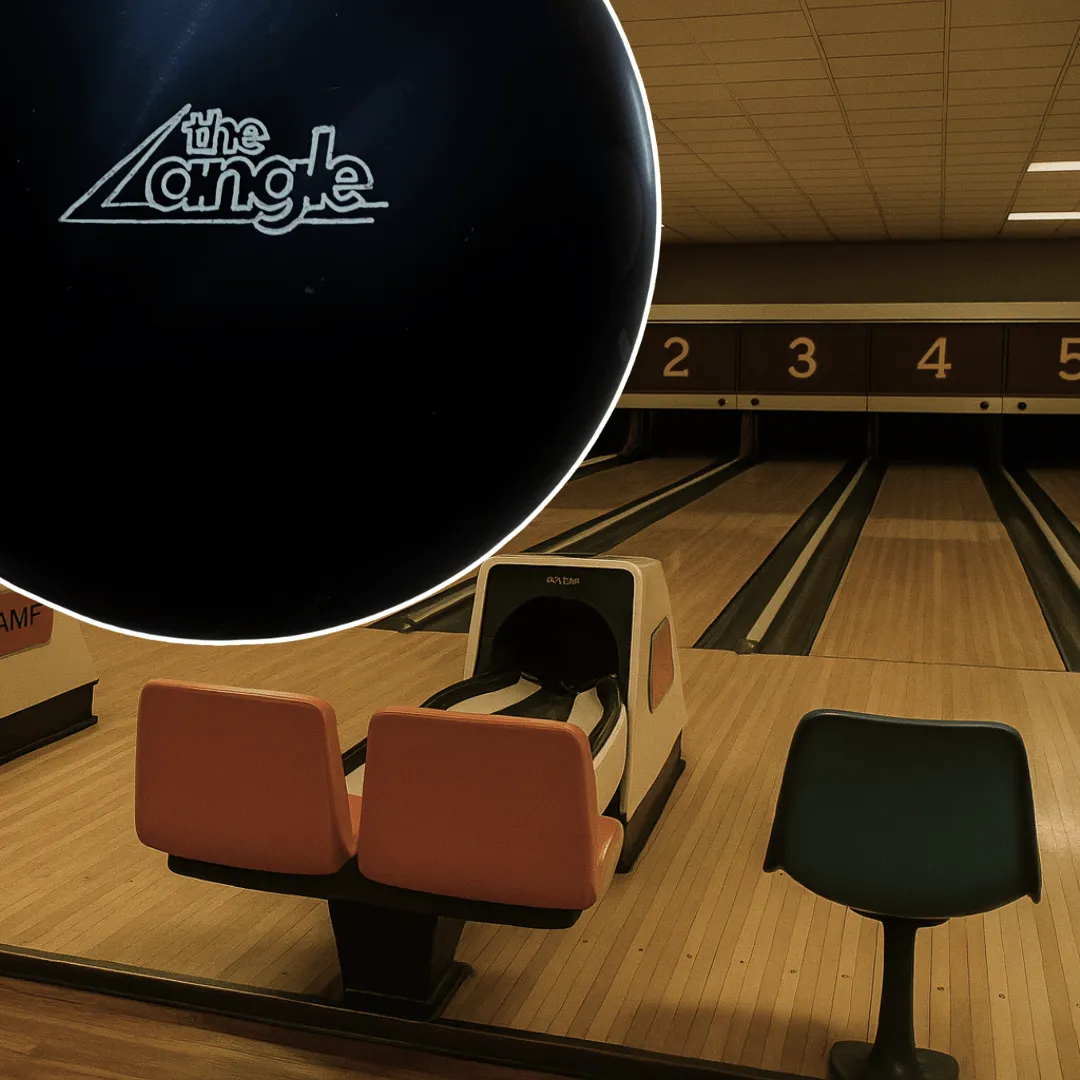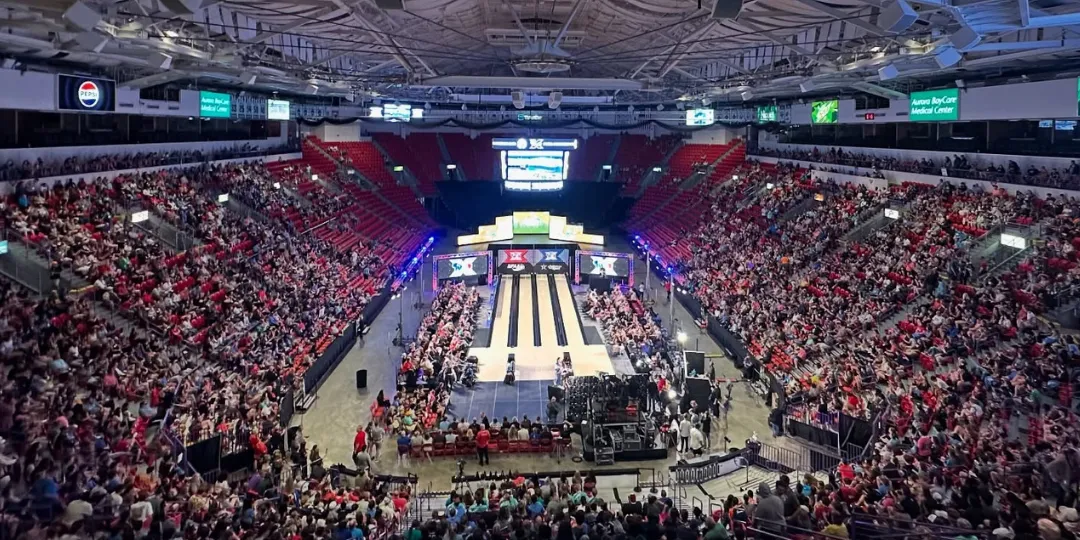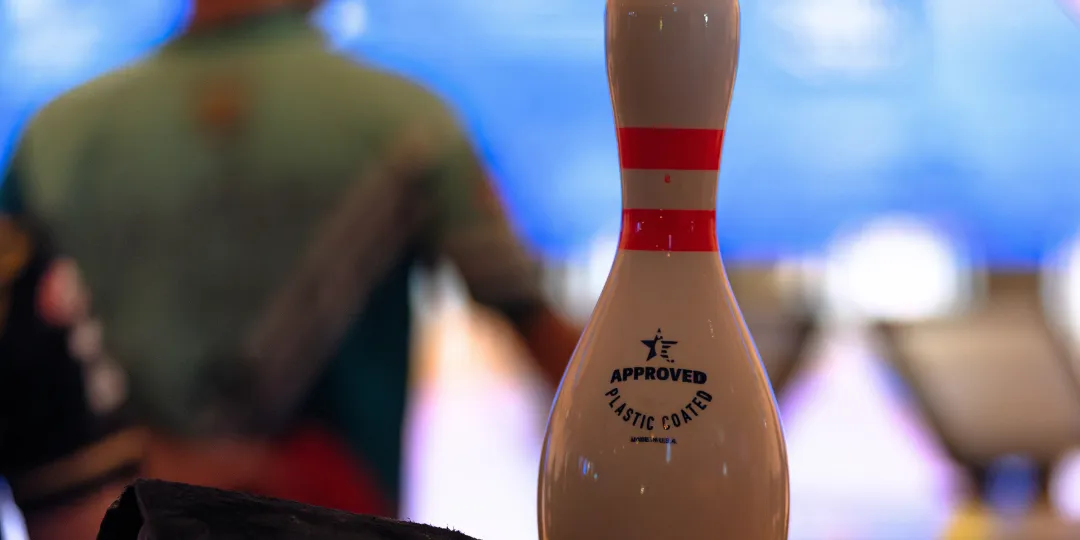For decades, if not centuries, bowling players have honed their craft through repetition, intuition, and deep familiarity with lane conditions. But a new study suggests that physics might now offer a more precise roadmap to the perfect strike.
A team of researchers from Princeton, MIT, Loughborough University, the University of New Mexico, and Swarthmore College has developed a highly sophisticated physics-based model that simulates the motion of a bowling ball with unprecedented accuracy. Published in AIP Advances on April 15, 2025, their work could dramatically change how bowlers and coaches approach lane play.
Bowling's Most Complex Question
At the heart of the study lies a challenge that has long eluded players and scientists alike: how to predict a bowling ball's full trajectory down a lane, factoring in variables like oil patterns, ball asymmetry, and human error. While previous approaches relied on statistical analysis of past shots, this new model draws from first principles of physics.
Using a system of six differential equations based on Euler's equations for rotating rigid bodies, the model accounts for ball speed, angular velocity, axis rotation, tilt, and even frictional changes caused by the lane's oil distribution. The result is a simulation that outputs not just any strike trajectory, but the one with the most forgiveness for real-world imperfections.

Miss Room: The Real-World Advantage
A key innovation in the model is what the authors call "miss room." Since no bowler hits their target exactly every time, the simulation incorporates a Gaussian spread of launch angles to represent realistic human variability. This allows the system to recommend strategies that maximize strike probability even when shots are slightly off.
In other words, the best line isn’t just the one that hits the pocket—it's the one that still works when you miss by a few degrees. That insight alone could change how bowlers select targets, lines, and even bowling balls.
Oil Patterns and Strategic Targeting
The researchers tested the model on various oil patterns, including short and flat conditions. While flat patterns offered fewer safe starting zones, short patterns revealed more forgiving regions where friction differentials between the lane center and edge could help correct off-target shots.
"If a bowler misses slightly to the right, the higher friction near the gutter pulls the ball back left. If they miss left, the lower-friction center gives them time to recover," explained lead author Curtis Hooper. The simulation suggests these friction boundaries can act as strategic buffers—an insight top players have long sensed, but never fully quantified.

Not Just for Players
The implications of the bowling strike physics model extend well beyond individual bowlers. Coaches can use it to tailor training plans. Ball manufacturers could design equipment that exploits the model's findings. Tournament organizers might shape oil patterns to reward precision or encourage higher scoring.
Importantly, the model was designed with accessibility in mind. It uses inputs that bowlers can actually measure with common tools—launch angle, ball speed, rev rate—making it a realistic option for real-world application.
What Comes Next
The team plans to improve the model by accounting for lane wear and topography, and to collaborate with industry stakeholders to refine its usability. Hooper, who also coaches Team England's youth squad, envisions a future where players train with a clear understanding of how their ball choices and shot shapes interact with lane conditions.
"Our goal is to bridge theory and practice," he said. "We want to give bowlers the tools to make smarter decisions based on data, not just feel."
Sources:
- Ji, S. S. M., Yang, S., Dominguez, W., Hooper, C. G., & Bester, C. S. (2025). Using physics simulations to find targeting strategies in competitive tenpin bowling. AIP Advances. https://doi.org/10.1063/5.0247761
- Independent, Ars Technica, ScienceDaily, ScienceBlog, Bioengineer.org (April 15–16, 2025)




